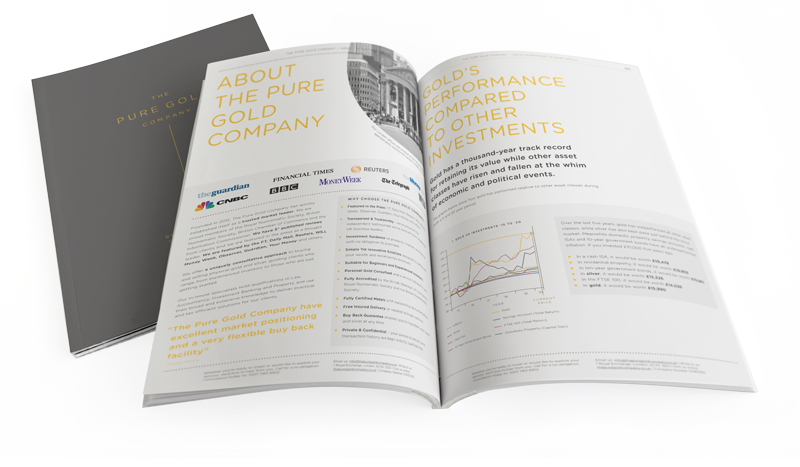The announcement on November 18 that Pfizer and BioNTech had effectively produced a vaccine for COVID-19 was feted with great fanfare, even greater still when on December 2, the vaccine was given license for emergency use in the UK.
The development of a vaccine for the global pandemic is clearly very heartening news, but it’s not a silver bullet that will immediately return the world to pre-crisis circumstances. There remain many obstacles to actually vaccinating enough people, and the damage already done to the economic and social structures globally will persist long after the immediate health danger recedes.
Vaccination best case scenario
The Pfizer vaccine has been fast-tracked through the evaluation process with approval given for emergency use in the UK from early December. A second US vaccine from US pharmaceutical company Moderna will soon be submitted. The vaccine developed by the UK’s Astrazeneca and Oxford University is expected to be approved by the European Medicines Agency “relatively fast”. Even with fast-track approval, the process of distributing and administering the vaccine is complex and will take some time. The Pfizer vaccine has to be kept at very low temperatures which would impact on where it could be administered, and the process of vaccinating an entire country will take many months. So even though the news is very positive, it is unlikely there will be any return to pre-COVID normality before the end of the Spring, and perhaps later.
The end is not the end
With the advent of a vaccine, the immediate threat of COVID-19 will be removed some months down the line, but the effects of the disease are not so quickly dissipated. The economic fallout of the lockdowns, restrictions and business interruptions have been devastating for lots of businesses. Many have taken advantage of the furlough scheme but when it is finally concluded will struggle to resume. This will lead to even more job losses.
The chancellor, Rishi Sunak, has warned that unemployment could soar to 2.6 million by mid-2021 up from the 1.62 million now, which itself is 300,000 higher than last year. With minimal income, consumers can be expected to spend less, may need to downsize properties or even foreclose on them, and the economy will take a very long time to recover.
The burden this places on the UK government, both in terms of lowered tax receipts and increased social welfare spending will add to the UK’s strained finances. The country already has the highest debt levels since the 1960s and at some point will have to find the money to plug the gap. And that plug will come in the form of higher taxes.
Sunak has already commissioned a report that has suggested a doubling of the rate of capital gains tax, and there will no doubt be other forms of tax rises on the horizon. This will affect consumer income and impact the investment decisions being made as people try to protect their assets.
No vaccination against future uncertainty
Even as we start to look to the future where we aren’t locked down to one place, unable to go to work, or shop or get married, a vaccine will not immediately restore the world to health. The length of the economic downturn can’t be known, but even mid-level expectations don’t forecast a return to pre-COVID GDP for several years.
The Institute for Fiscal Studies said in October that the post lockdown recovery, which has been relatively steep until now, will level off. They believe that growth, such as it is, will be much harder to come by. Their pessimistic forecasts don’t expect a return to pre-COVID GDP levels until after 2025.
“Firm balance sheets are weakened by the outbreak and the external picture remains complicated by Brexit and by other countries’ experiences of the pandemic,” the IFS said. The institute isn’t convinced that household savings which were accumulated during the lockdown will be spent to rebalance the books. “With permanent reconfiguration within the UK economy likely over the coming years, substantial policy support is likely to remain necessary for some time to come in order to avoid an even more prolonged crisis,” the IFS said.
Protecting the future with physical gold
With so much uncertainty in the global and local economy, it’s no surprise that people are worried about protecting their assets. Stock markets have been particularly volatile since the start of the pandemic. While they purport to price in the future (global stock markets jumped on the vaccine news), the future is far from assured. Brexit still looms and the long-term effects of the pandemic remain.
The property market will be coming under pressure when the stamp duty holiday ends in April. Stock markets remain volatile despite vaccine hopes, and capital gains tax looks likely to rise, putting any profit on investments at risk of erosion. One investment choice neutralises many of these issues.
Physical gold is exempt from capital gains tax when it is bought in the form of legal tender gold coins like Britannias and Gold Sovereigns. It is also a safe-haven asset that historically rises in value when other investments are falling. Investors can use both gold and silver as a hedge against the uncertainty in the market, balancing their portfolio with physical gold in case of further turmoil.
A COVID-19 vaccine is clearly a positive step towards returning to some semblance of normality, but it’s not going to solve all the world’s problems in one fell swoop. It will be expensive and complicated to administer to the vulnerable at first and then to everyone else. And once the memory of the real health risks fade, the country will still be left with an economic hangover that only a tax jab will ultimately fix. Physical gold investment is a buffer against tax rises, and a hedge against the future uncertainty that lies ahead.


